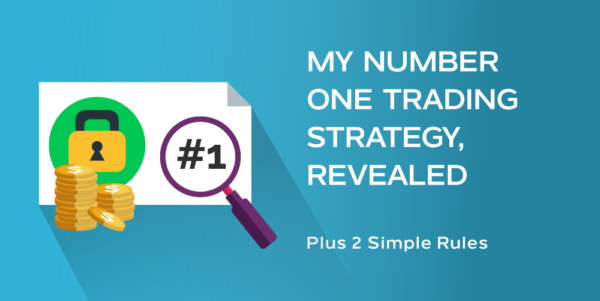
There are enough things to worry about in life without adding the day to day market volatility risks.
Protection for your most valuable assets, life, home and auto goes without saying is a smart investment. The cost of the insurance can give you peace of mind knowing you are covered in case of any unfortunate events.
Unfortunately, few traders hedge against the risks in the stock market leaving exposure to large swings in equity prices. A long-term time horizon has proven to be successful as markets have always rebounded so far but the mental costs can also be expensive.
The most common price protection comes in the form of insurance.
Investors often do not embrace the need to insure stock positions.
However, it comes at a price.
Think about your house for a minute. What if you didn’t insure it and it ends up burning to the ground? Now imagine paying for puts that expire worthless. Pretty upsetting isn’t it?
If you do want to insure your options, buying a put can see in a price floor for your portfolio of individual stock. Think of it as paying for an insurance premium where you end up paying just a deductible in the event of a loss.
A balance between that protection cost and financial exposure make for better night’s sleep.
One way that some investors get no cost protection is through a Collar Strategy.
What is a Collar Strategy?
A collar pays for the puts by selling covered calls.
The no net cost protection is financed by selling out of the money calls. It caps profits to the limit of the strike sold but eliminates out of pocket costs.
The sacrifice of limited upside is a trade off for a position price floor. Sell calls to pay for put protection.
Ready to start insuring your portfolio?
Step 1: Limit Your Losses
Much like other forms of insurance, the first step is to determine how much protection you need. After that, it’s all about determining the deductible.
It goes without saying that the more responsible you want to be to cover losses, the lower the cost it will be. Decide if you want to limit losses to 5%, 10% or a more catastrophic 20%+. The stock index puts to limit risk at varying levels can be priced and compared.
Once you’ve figured that out, buy puts to place absolute portfolio price floor.
Pick a Time frame
The time frame is a method of rolling out expirations that can also help reduce the cost. Time decay starts 90 days before expiration, with sharper acceleration in value losses inside of one month.
To alleviate a large degree of the melting, buy nine-month options and exit them when they have three months to go. An immediate roll into new nine-month option maintains protection and is repeated twice a year.
For example, if a nine-month SPY put is purchased at $10 ($1000) it is worth about five dollars ($500) six months later if the market is the same price. The actual time decay and cost for the six months of protection was $500.
That six months of protection maintained an unlimited upside with a cost of just over 2% of the $21,000 value.
As with any insurance the premium paid is for protection, that assurance that the asset value will be there is a small cost to pay. And as always, do your own calculations and do your due diligence before making any decisions.










